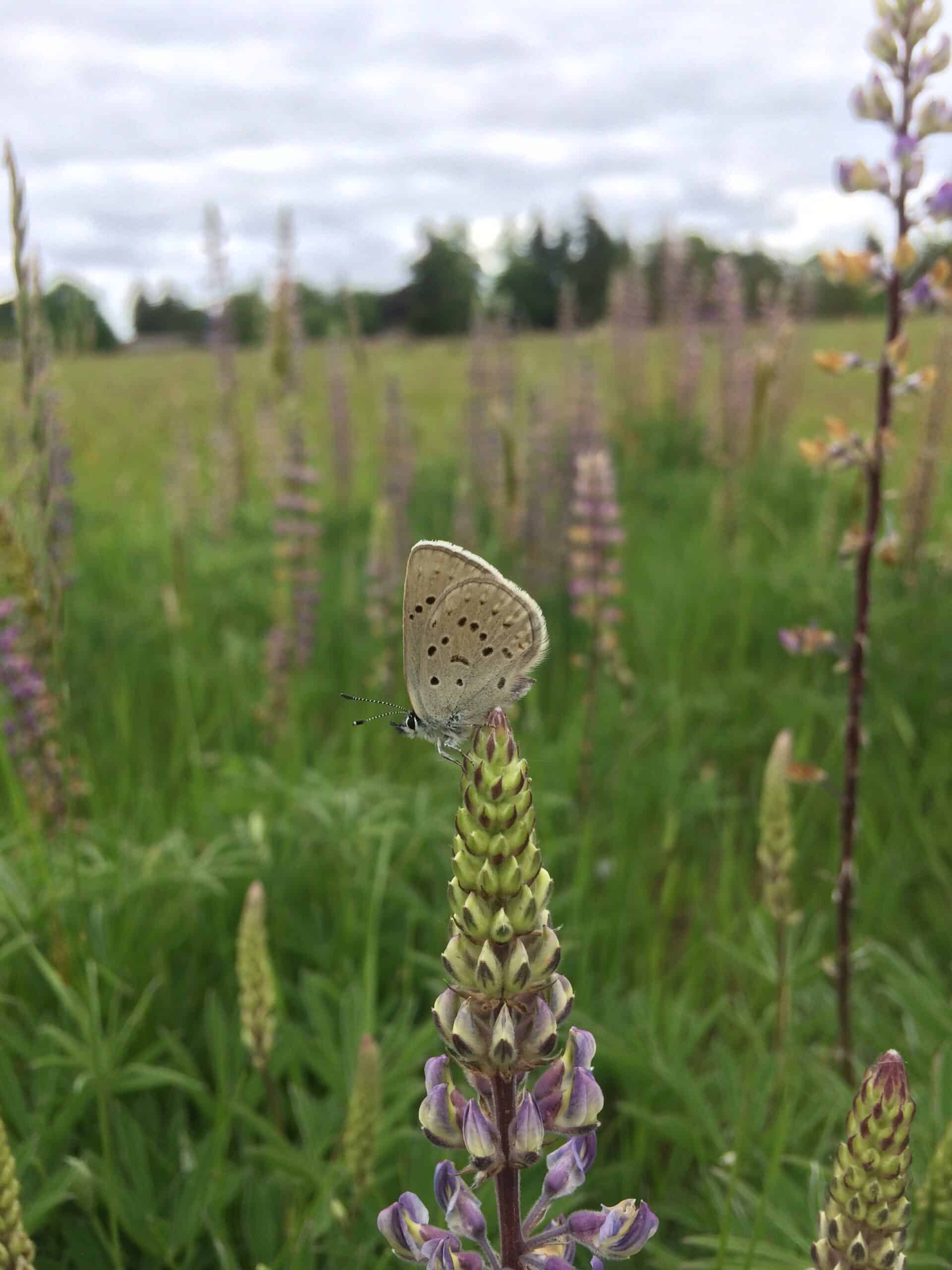Share this article
TWS comments on USFS Rangeland Management Directives
Livestock grazing on national grasslands and forests can affect wildlife populations and habitats across the nation, The Wildlife Society stressed in a comment on the U.S. Forest Service’s proposed changes to its rangeland management directives last month.
The Society provided recommendations for how the USFS could improve clarity and strengthen guidelines in its updated directives for permitting and managing livestock grazing on public lands while keeping wildlife in mind.
“National grasslands and forests provide rangeland habitat for a diverse array of terrestrial and aquatic wildlife species,” said Megan Clayton, Chair of TWS’ Rangeland Wildlife Working Group. “Livestock grazing is one of the major land uses on the public rangelands and can be a very effective and valuable vegetation and wildlife habitat management tool on the public lands.”
The updated directives, which guide the USFS Rangeland Management Program and associated livestock grazing on national forest system lands, aim to correct outdated information, provide greater management flexibility and improve the clarity of policies and procedures to ensure responsible and consistent land management.
Those directives will provide the agency with internal guidance regarding livestock grazing on more than 102 million acres of national grasslands and forests. The agency has administered almost 6,000 grazing permits for over 2 million head of livestock, including cattle, horses, burros, sheep and goats.
The current USFS Rangeland Management Directives have been in place for about 30 years. Earlier this year, the agency opened a public comment period on its proposed changes. Members of the Rangeland Wildlife Working Group of TWS conducted a review of the directives, and TWS submitted public comments based on that review.
The Wildlife Society provided recommendations to improve clarity and strengthen guidelines in the directives. The letter emphasizes the importance of developing measurable criteria to assess progress toward management objectives, using wildlife management biologists and other qualified resource management specialists to assist agency range conservationists in conducting rangeland management assessments and compliance inspections, and building on existing interagency partnerships with state wildlife officials. The letter also highlights the need to increase workforce capacity, which can limit activities to meet rangeland management responsibilities, by providing rangeland management cross-training opportunities for wildlife management biologists and other resource specialists.
In the letter, TWS also acknowledges that management of rangelands can be complex and controversial, especially when it involves conflicts between multiple land uses. Notably, domestic sheep and goats can transmit diseases to wild sheep on or near national forest system lands. The Society recommends that the USFS clarify its directives on conflict-reduction methods and collaborate with state wildlife officials to manage grazing of domestic sheep and goats in lands occupied by wild sheep.
The request for public comments on the proposed changes closed on April 17. The USFS is currently reviewing the comments it received and is expected to publish the final version of the updated directives in the coming months.
Read TWS’ Position Statements on Livestock Grazing on Rangelands in the Western U.S. and Incorporating Wildlife Needs in Land Management Plans.
Read TWS’ Issue Statement on Domestic Sheep and Goats Disease Transmission Risk to Wild Sheep.
Header Image: The Wildlife Society and its Rangeland Wildlife Working Group submitted public comments on proposed updates to the U.S. Forest Service’s Rangeland Management Directives, which guide management of livestock grazing on national forest system lands. Credit: Bob Wick/BLM








